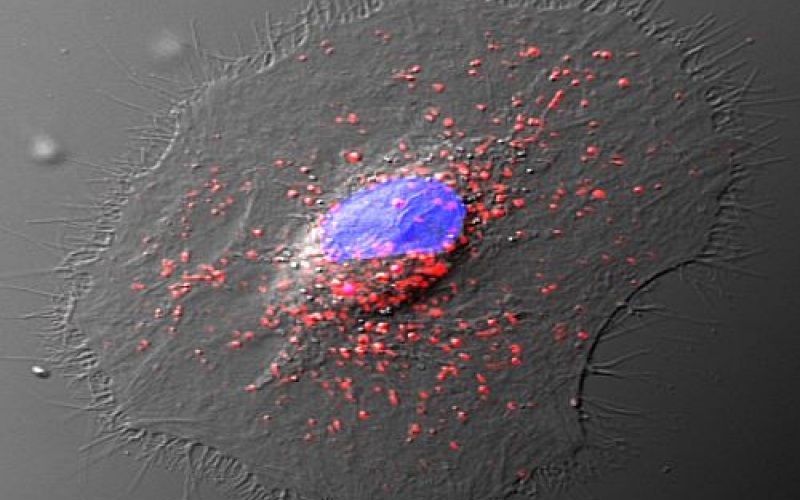Davis lab featured on the Feb 2017 cover of Circulation Research

Abstract
Rationale: Studies have demonstrated that exosomes can repair cardiac tissue post–myocardial infarction and recapitulate the benefits of cellular therapy.
Objective: We evaluated the role of donor age and hypoxia of human pediatric cardiac progenitor cell (CPC)–derived exosomes in a rat model of ischemia–reperfusion injury.
Methods and Results: Human CPCs from the right atrial appendages from children of different ages undergoing cardiac surgery for congenital heart defects were isolated and cultured under hypoxic or normoxic conditions. Exosomes were isolated from the culture-conditioned media and delivered to athymic rats after ischemia–reperfusion injury. Echocardiography at day 3 post–myocardial infarction suggested statistically improved function in neonatal hypoxic and neonatal normoxic groups compared with saline-treated controls. At 28 days post–myocardial infarction, exosomes derived from neonatal normoxia, neonatal hypoxia, infant hypoxia, and child hypoxia significantly improved cardiac function compared with those from saline-treated controls. Staining showed decreased fibrosis and improved angiogenesis in hypoxic groups compared with controls. Finally, using sequencing data, a computational model was generated to link microRNA levels to specific outcomes.
Conclusions: CPC exosomes derived from neonates improved cardiac function independent of culture oxygen levels, whereas CPC exosomes from older children were not reparative unless subjected to hypoxic conditions. Cardiac functional improvements were associated with increased angiogenesis, reduced fibrosis, and improved hypertrophy, resulting in improved cardiac function; however, mechanisms for normoxic neonatal CPC exosomes improved function independent of those mechanisms. This is the first study of its kind demonstrating that donor age and oxygen content in the microenvironment significantly alter the efficacy of human CPC-derived exosomes.
Link to full article in Circulation Research